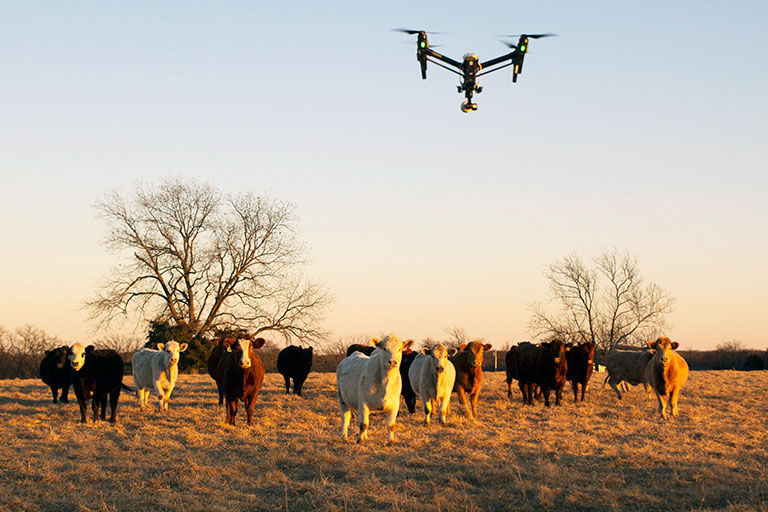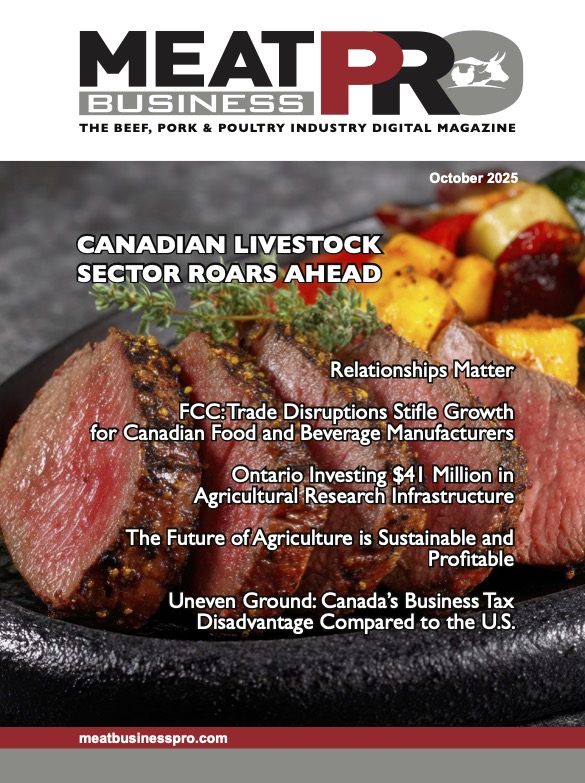Better Food Through Better Data Communication

Vast amounts of data are being collected on Canada’s farms through the advent of precision agriculture technology and the Internet of Things (IOT)
by Lilian Schaer – Ag Innovation Ontario
Many types of tools, equipment and devices gather data on everything from crop yields to how many steps an animal takes in a day. However, much of that data is underutilized because it’s collected by systems that don’t or can’t communicate with each other.
The need for better decision-making on farms through better data use resulted in Ontario Precision Agri-Food (OPAF), a partnership of agricultural organizations led by Ontario Agri-Food Technologies (OAFT) that’s developing an open agri-food innovation platform to connect and share data.
The goal, according to lead director Dr. Karen Hand of Precision Strategic Solutions, is getting data, wherever it exists (both data repositories in industry or government and data generated by countless sensors) so it can be used to help advance important food production issues like food safety, traceability and plant and animal disease surveillance.
For example, information about the prevalence and control of insect pests like cutworms that damage soybean crops lies with many different people and organizations, including university and government researchers, crop advisors, input suppliers and farmers.
“This is going to be changing the face of data enablement in Canada”
“There is no single spot where all of the information about a particular pest can be accessed in a robust, science-based system and used in decision-making and that’s where OPAF’s platform will help,” Hand says.
Pilot projects are underway with Ontario’s grain, dairy and poultry producers to identify their needs in areas like crop protection, sustainability and food safety and how OPAF can provide data-driven solutions to benefit farmers.
“We sit down with farmers, advisors, associations, government and researchers to find out what data they have, where they exist and if we were able to connect them, what value or benefit that would offer participants – either specific to the commodity they are producing or on larger food-related issues such as food safety or impact on trade,” she explains.
And OPAF’s efforts are gaining global recognition. Earlier this year, Internet of Food and Farm 2020, a large project in the European Union exploring the potential of IOT technologies of European food and farming, recognized OPAF as one of three global projects to collaborate with.
“This is going to be changing the face of data enablement in Canada and contributing globally,” says Tyler Whale of Ontario Agri-Food Technologies (OAFT). “We are creating a platform that is the base of something new, and although we are piloting this in Ontario, it will be available nationwide to those who want to use it.”
OPAF partners include OAFT, University of Guelph, University of Waterloo, Niagara College, Vineland Research and Innovation Centre, Livestock Research Innovation Corporation, Ontario Fruit and Vegetable Growers Association, Grain Farmers of Ontario, Ontario Federation of Agriculture, Farm Credit Canada, Ontario Agri-Business Association, Bioindustrial Innovation Canada, and Golden Horseshoe Farm and Food Alliance.
This project was funded by Growing Forward 2, a federal-provincial-territorial initiative. The Agricultural Adaptation Council assists with GF2 delivery in Ontario.











